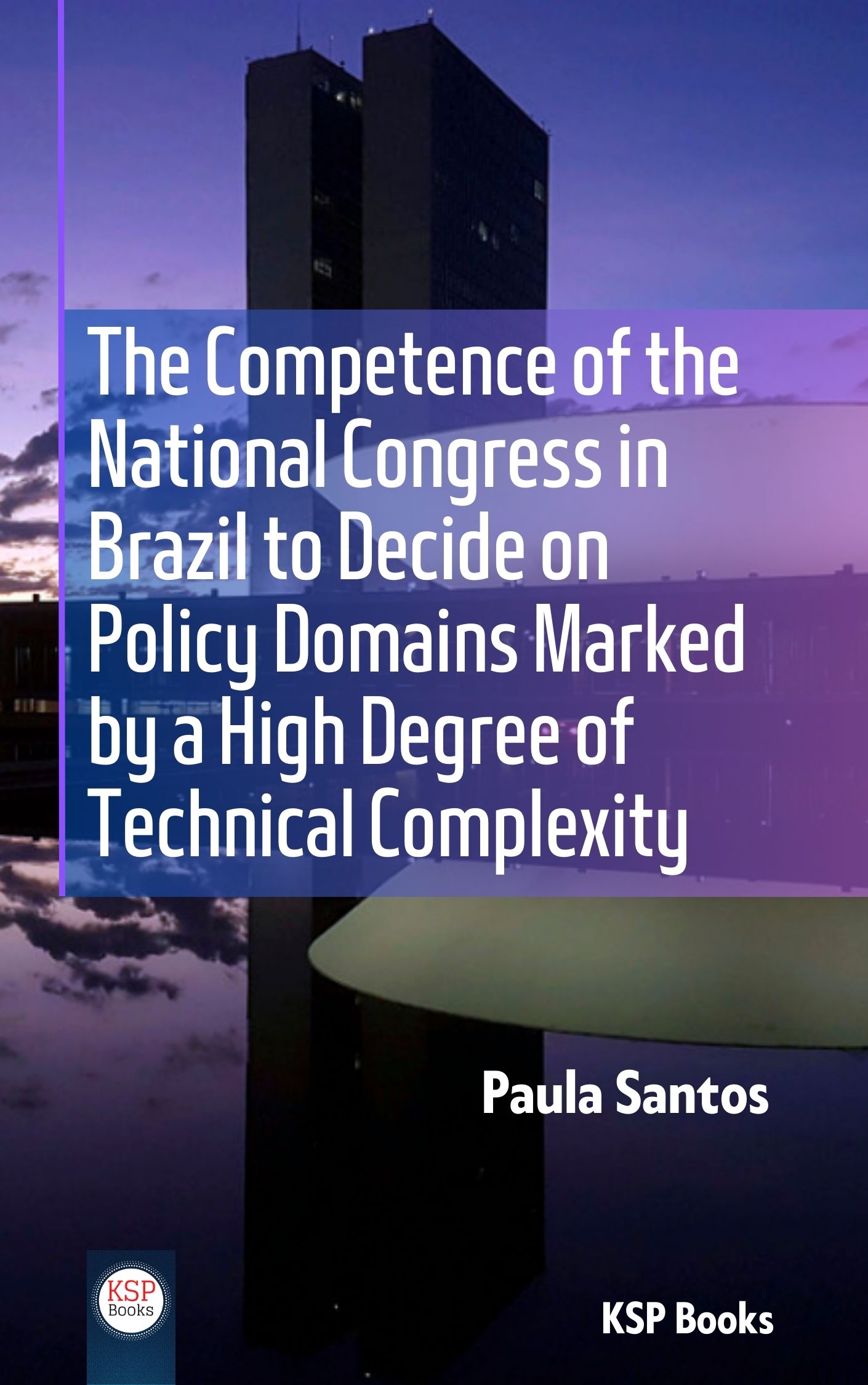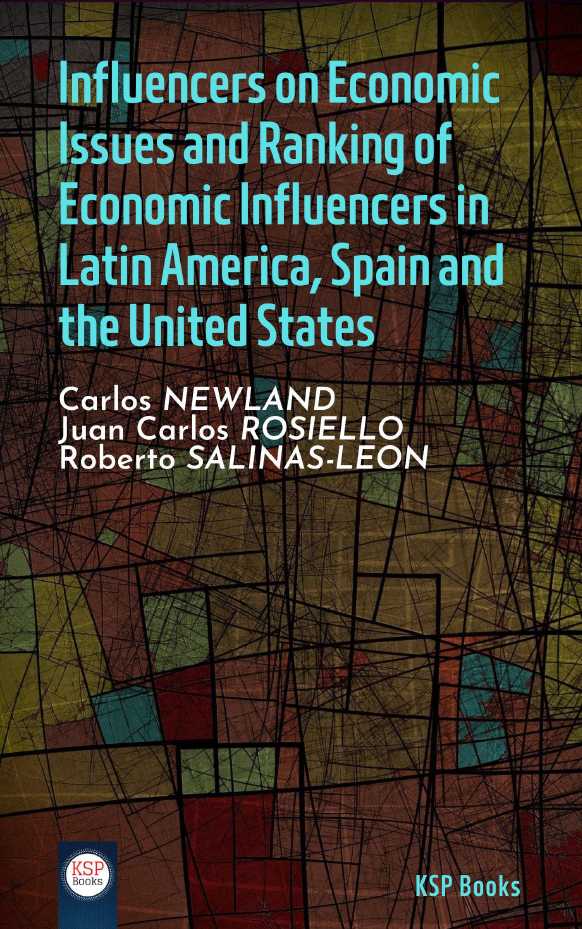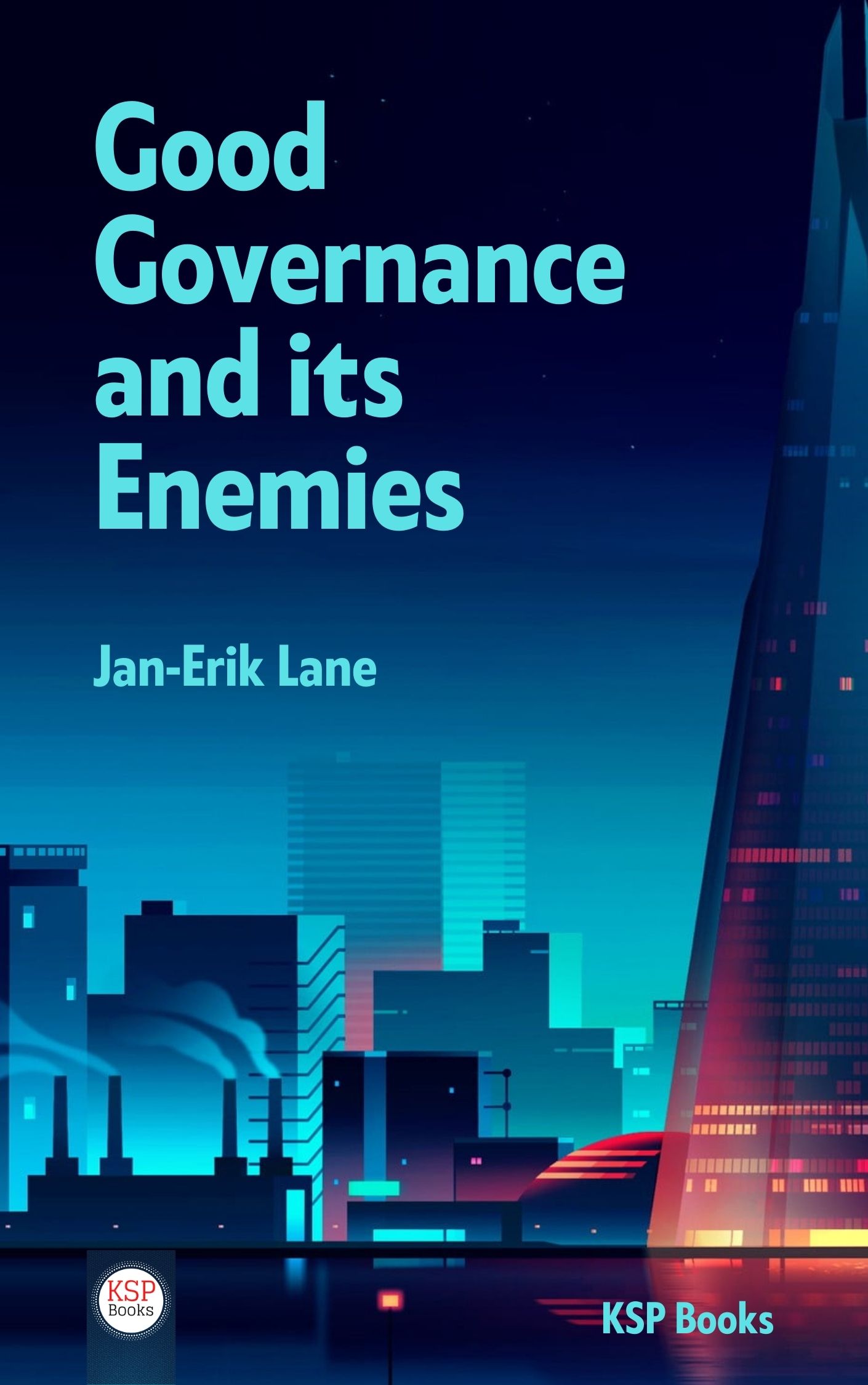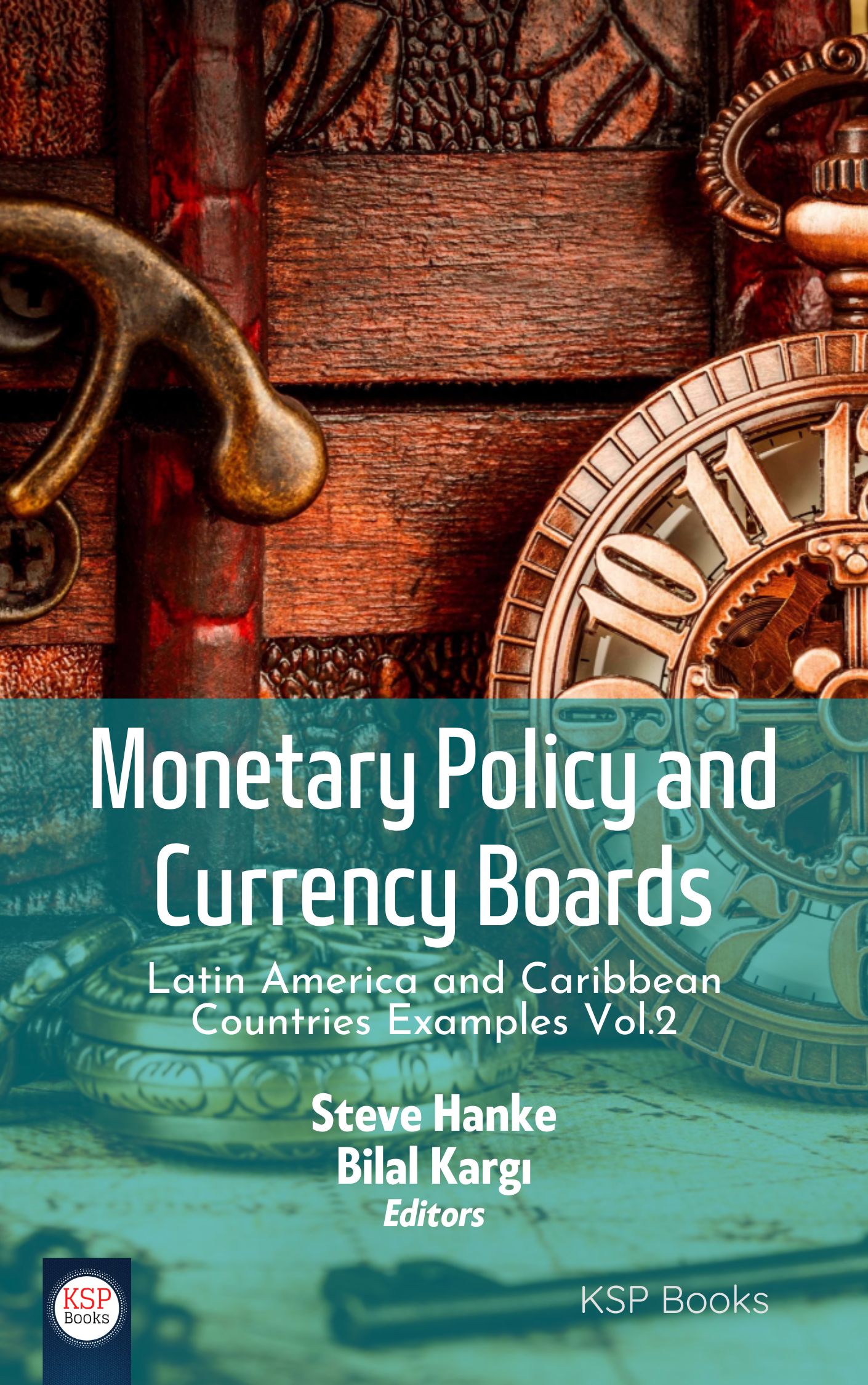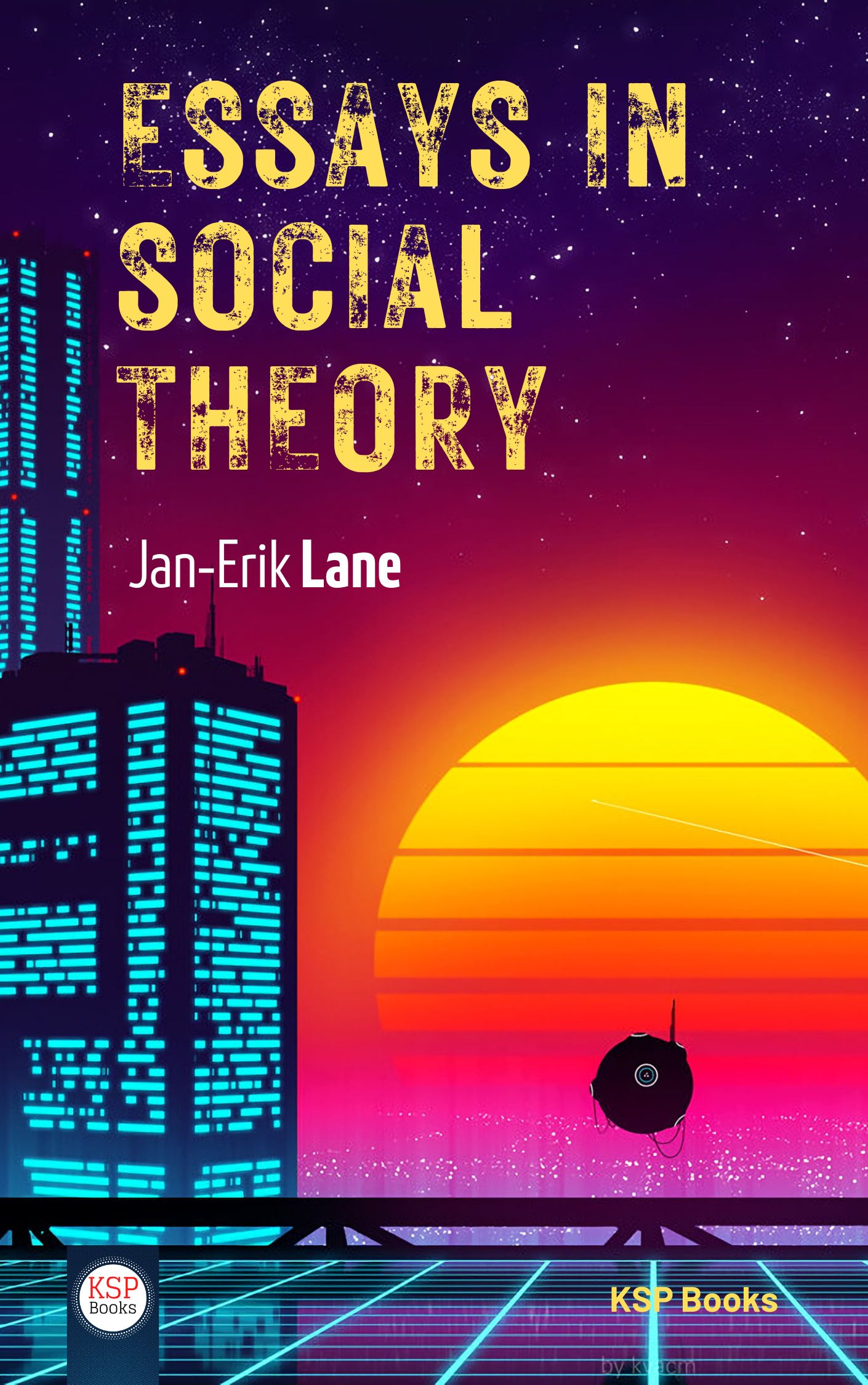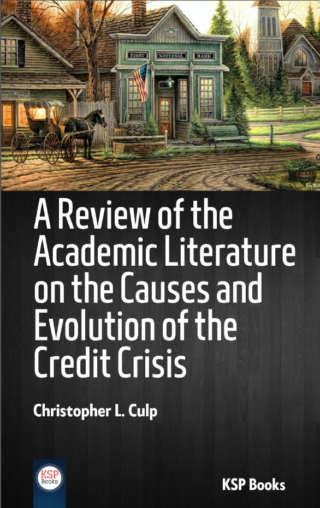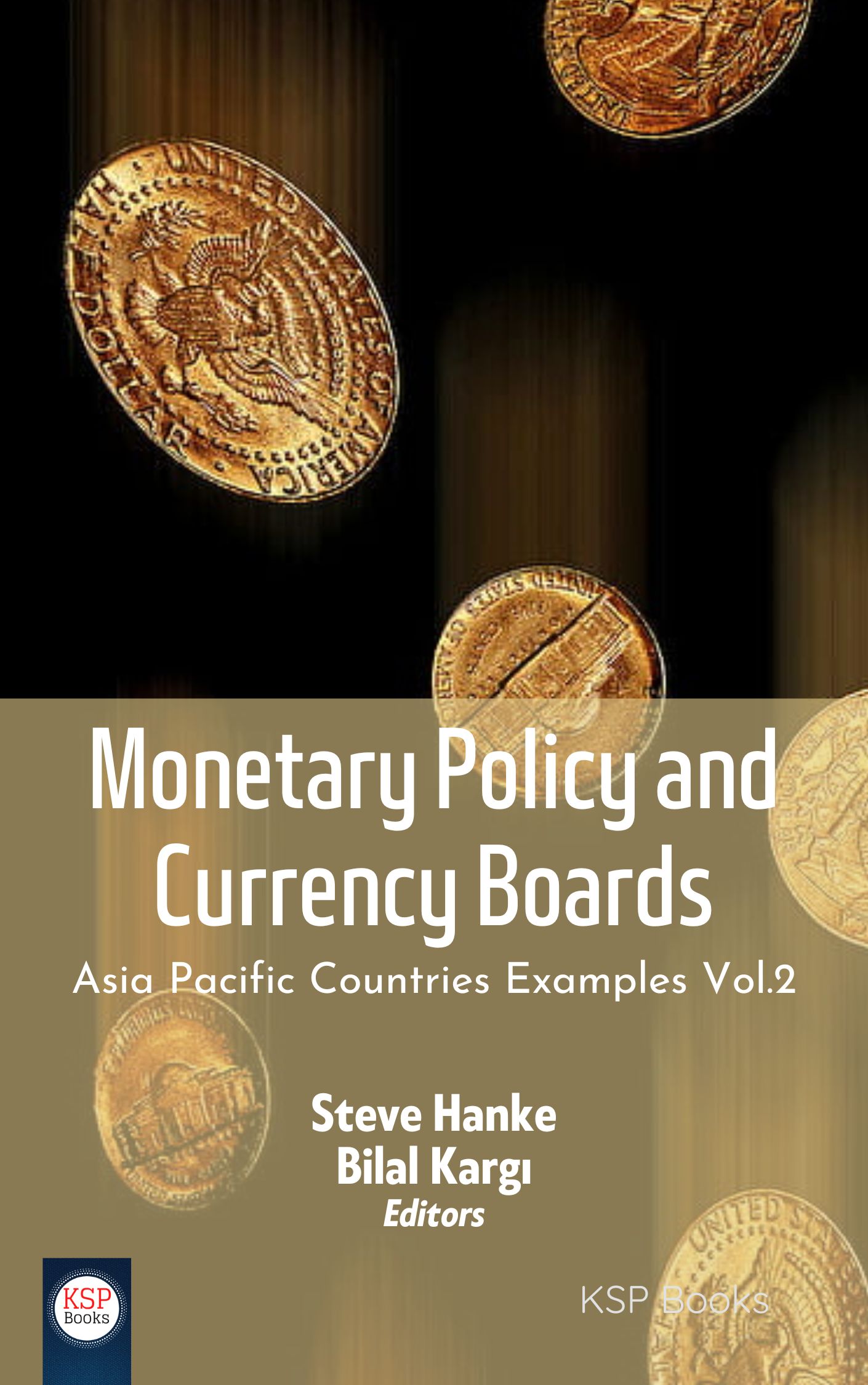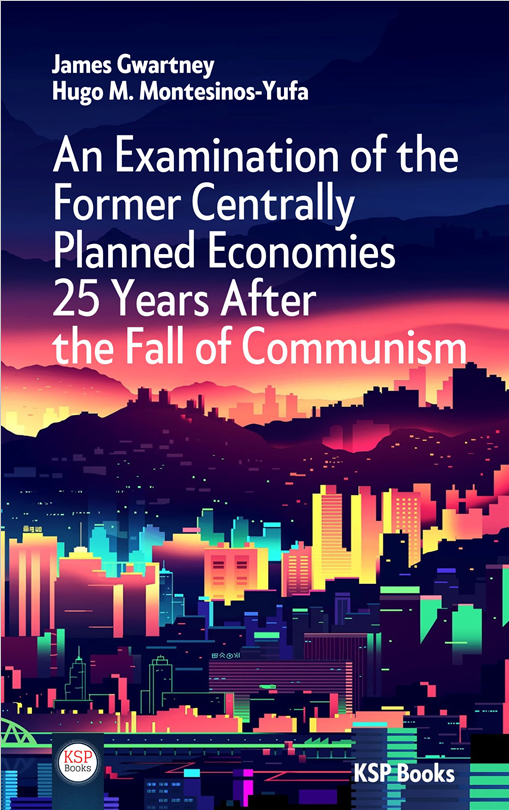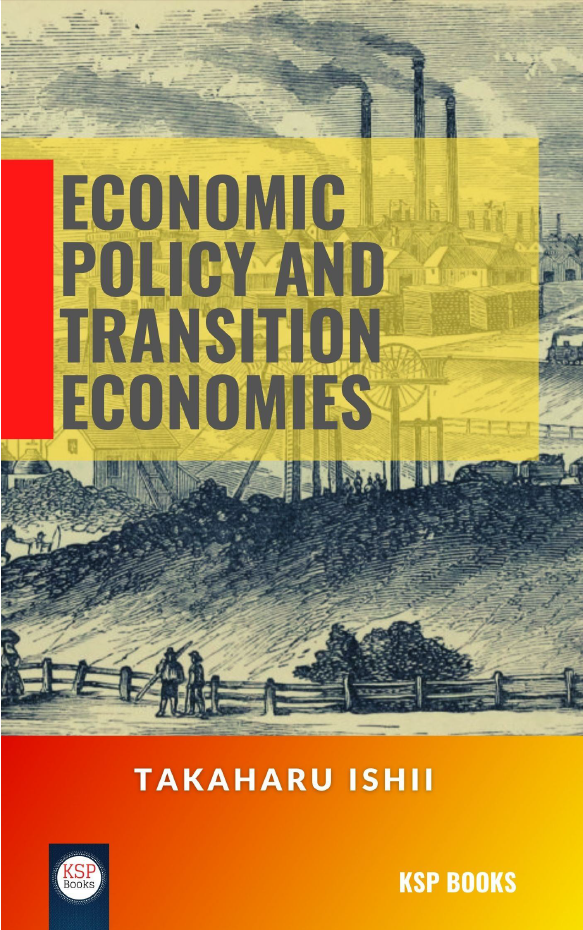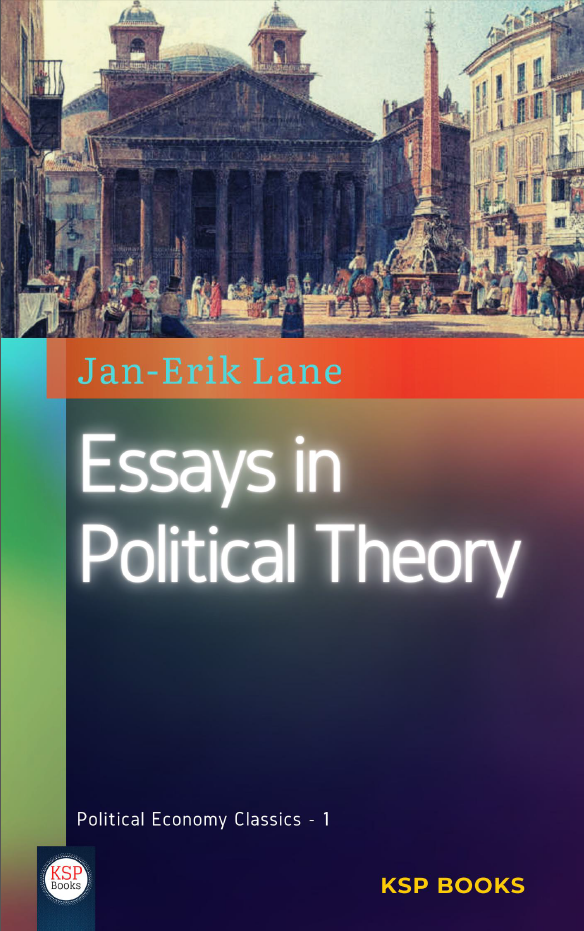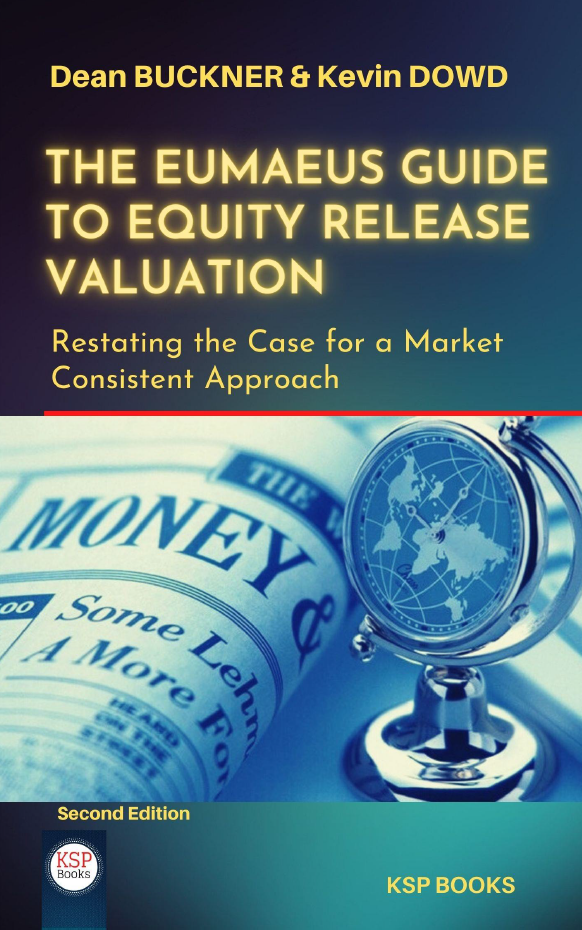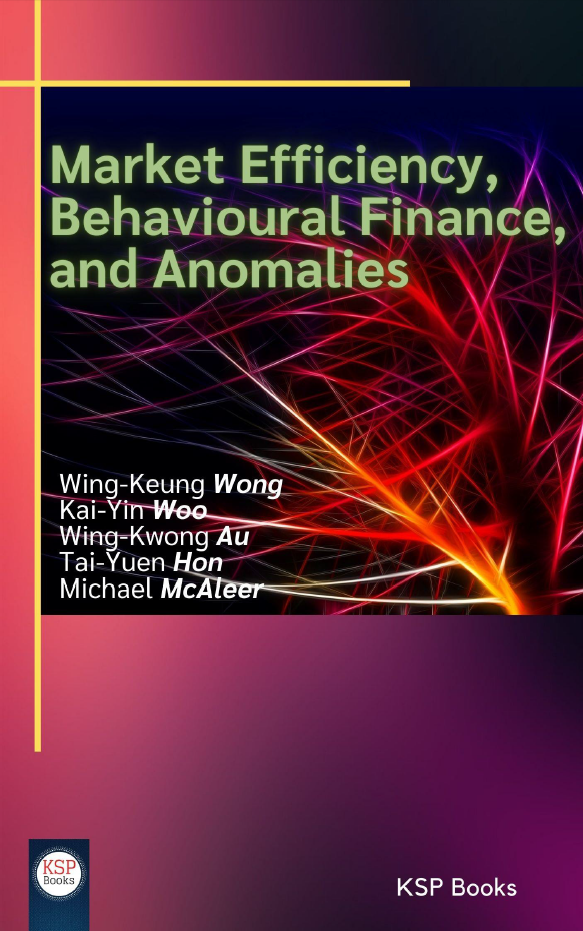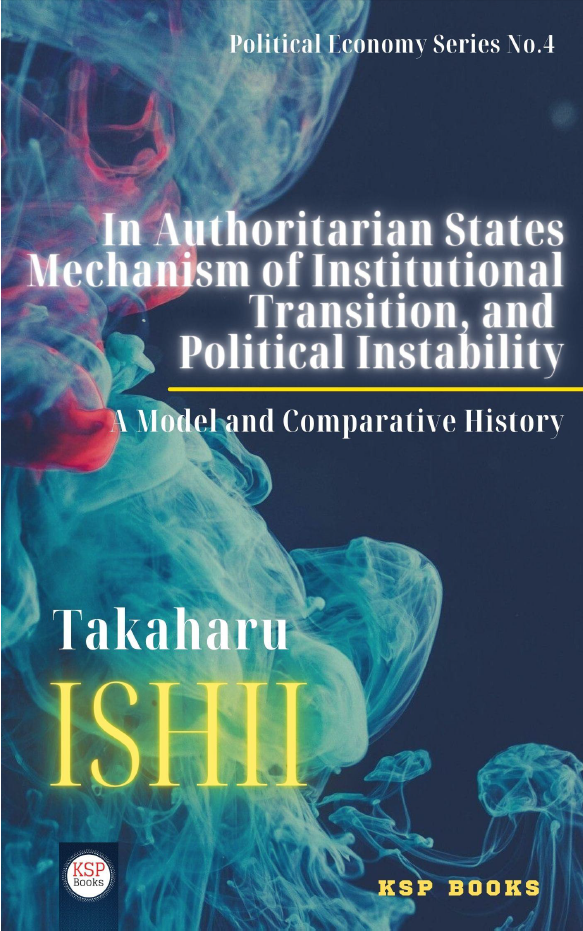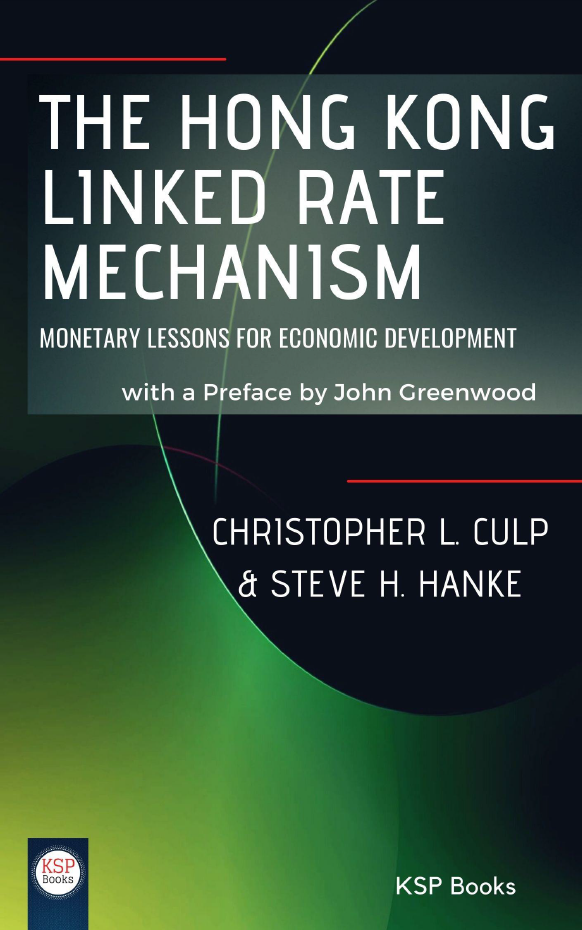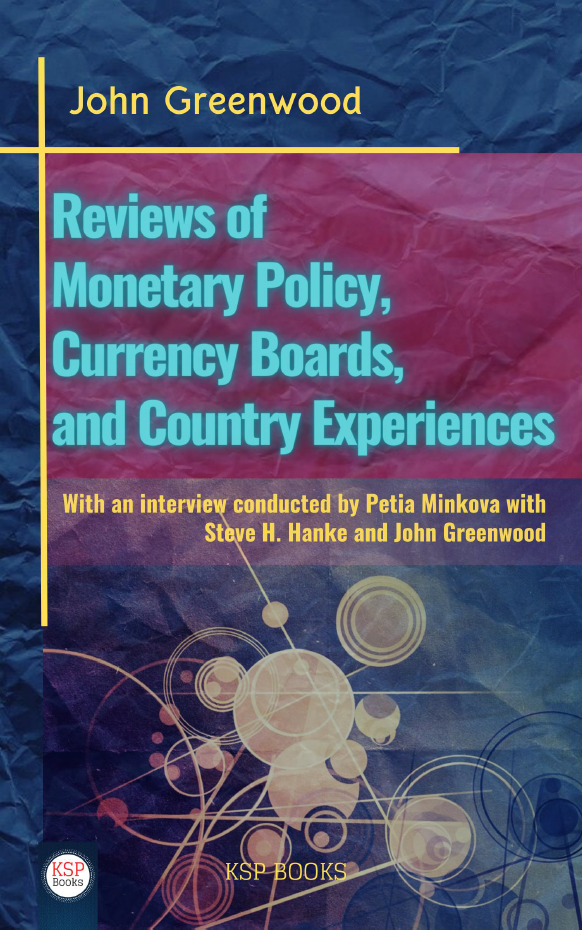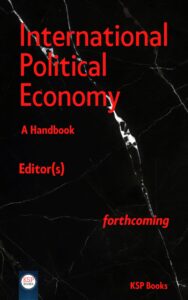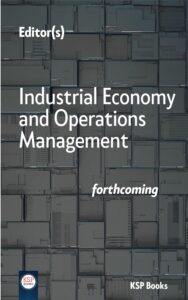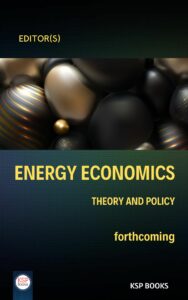Editors
Steve H. Hanke
The Johns Hopkins University, USA
Bilal Kargı
Ankara Yıldırım Beyazıt University, Turkey
e-ISBN: 978-625-8190-81-6
Publishing Date: November 1, 2023
File Size: 6,306 MB
Length: xvi + 204 pages (PDF)
Language: English
Dimensions: 13,5 x 21,5 cm
 This Book is completely open access. You can freely read, download and share with everyone.
This Book is completely open access. You can freely read, download and share with everyone. 
It is possible to present a brief summary of the subjects that the chapters in this book focus on.
Ch 1. We examine to what extent India’s Paper Currency Department (1862-1935) operated like a currency board, using statistical tests based on its monthly balance sheet. Our paper makes the monthly balance sheet data available in machine-readable form for the first time, in a companion spreadsheet workbook, and likewise for the first time offers a through summary of legislation related to the Paper Currency Department.
Ch 2. China’s economy has slowed down in the last several years, with annual GDP growth falling from 10.6 percent in 2010 to 6.7 percent in 2016. In February 2016 Zhou Xiaochuan, the governor of the People’s Bank of China (PBOC), announced a new goal of having a “stabilizing yet flexible” exchange rate to replace the previous policy of de facto gradual appreciation against the U.S. dollar. Observers have since become more uncertain of the PBOC’s next step. Economists have argued for years about the exchange rate system China should adopt—a currency board with a fixed exchange rate, a pegged system such as China had before 2005, or a flexible exchange rate, which could range from managed floating to free floating. What do contemporary economists think about the issue of the exchange rate system? What do they think should be the PBOC’s next move? What opinions do they voice about the new role of China’s currency as a component of the International Monetary Fund’s Special Drawing Right? I collect and analyze the views of several leading economists on the benefits and costs for China of various exchange rate policies.
Ch 3. Hong Kong is one of the main economies operating a currency board system today. With its currency fixed to the U.S. dollar, the system has functioned successfully since it was restarted in 1983. The last time it faced severe challenges was during the East Asian financial crisis of 1997-98. However, with the comparatively large depreciation of renminbi (RMB, and sometimes referred to as Yuan) during the past two years, a rising question is how Hong Kong might be affected by a possible future crisis originating from China. In this paper, we examine the impact of RMB depreciation on Hong Kong, with a focus on three sectors of Hong Kong’s economy: foreign direct investment, external trade, and tourism.
Ch 4. In the years since the Global Financial Crisis of 2008-09, the spot rate for the Hong Kong dollar has mostly traded near the upper end of its band, the Convertibility Undertaking of 7.75 set by the HKMA. After a year and a half of gradual weakening, the HK$ finally reached the weak side level of 7.85 on April 12 2018, triggering US$ sales by the HKMA. This paper explains first why the weakening of the HK$ is perfectly normal under the currency board system, posing no threat to the currency board mechanism. It also explains why it has taken so long for the weak side convertibility undertaking to be triggered, and why HK$ interest rates have lagged behind US$ rates. The paper ends by asking whether discretionary intervention by the HKMA within the convertibility zone would be desirable to accelerate the process of interest rate normalization in Hong Kong. This is a variation on a familiar theme: rules versus discretion in monetary policy.
Ch 5. As global macroeconomic uncertainties there is notable shifts and oscillations in Chinese outbound investment and cross-border investment flows. This study shows China’s key investment characteristics including geographical preferences, investment compositions, and structural changes in industrial and foreign policies, such as Made in China 2025, financial liberalization, and OBOR. While these trends seem contradictory at time, more opportunities are available for nimble and creative players who could capitalize on China’s increasing demand in the new economy (“xin jing ji”), with adequate consideration of regulatory scrutinies.
Ch 6. Since 1967, Brunei Darussalam has employed a currency board, capable of regulating inflation and government spending, as its monetary system. This paper examines the history and formation of the currency board in Brunei Darussalam and analyzes its orthodoxy throughout its existence. A workbook with balance sheets compiled from 1967-1987 and 1998-2020 accompanies this paper. An appendix of the legislative history of Brunei Darussalam’s currency board can also be found at the end of this paper.
Ch 7. Sarawak, today a state in Malaysia, was once an independent state under British protection. The government began issuing its own notes in 1880, denominated in the Sarawak dollar, whose exchange rate was fixed to various other currencies. Following Japanese occupation during the Second World War, Sarawak became a British crown colony in 1946 and lost its independent monetary system in 1952, when the Sarawak dollar was fully replaced by the Malayan dollar. We discuss Sarawak’s monetary system between 1880 and 1952, with a focus on the period of 1927-1941, to examine the extent to which the Sarawak system represented an orthodox currency board.
Preface
1. India’s paper currency department (1862-1935) as a Quasi currency board
Charles Weintraub & Kurt Schuler
2. Prominent economists’ views: China’s exchange rate—Fixed or floating?
Ginny Yang
3. An analysis of the impact of RMB depreciation on Hong Kong
Richard (Ziyuan) Li
4. Hong Kong: The currency board’s autopilot kicks in at 7.85
John Greenwood
5. New underlying trends in China cross-border investments
David Yu
6. The currency board of Brunei Darussalam
Jonah Bennett
7. Analyzing the monetary system of Sarawak, 1927-1941
Jingxing Zou & Garvin Kim
Steve Hanke
The Johns Hopkins University, USA
Dr. Steve Hanke is a Professor of Applied Economics and Founder & Co-Director of the Institute for Applied Economics, Global Health, and the Study of Business Enterprise at The Johns Hopkins University in Baltimore. He is a Senior Fellow and Director of the Troubled Currencies Project at the Cato Institute in Washington, D.C., a Senior Advisor at the Renmin University of China’s International Monetary Research Institute in Beijing, a Special Counselor to the Center for Financial Stability in New York, a contributing editor at Central Banking in London and a contributor at the National Review.
Bilal Kargı
Ankara Yıldırım Beyazıt University, Turkey
Dr. Bilal Kargı is Associate Professor of Economics at Ankara Yıldırım Beyazıt University, Turkey.
Related EconPedia Items




